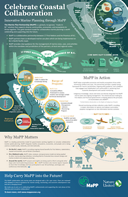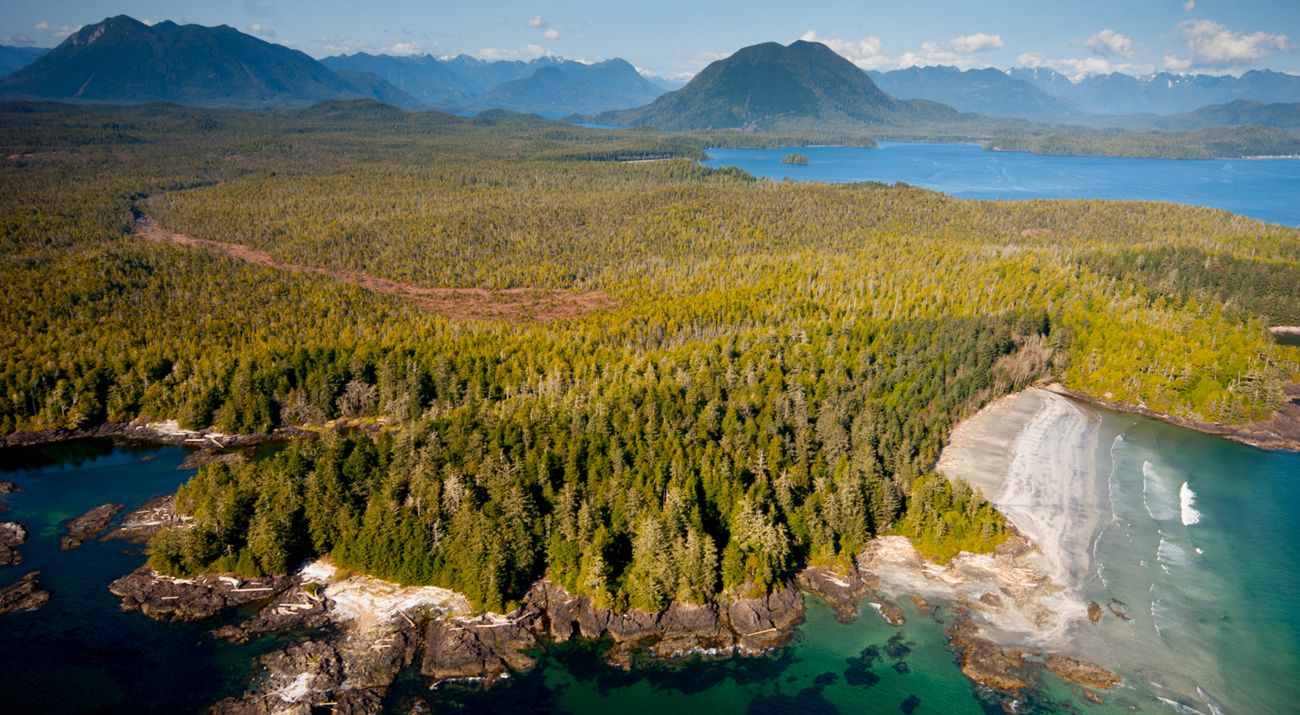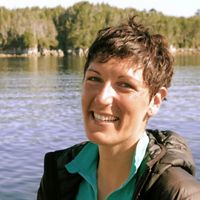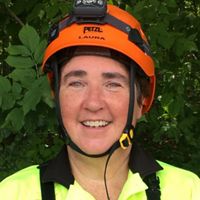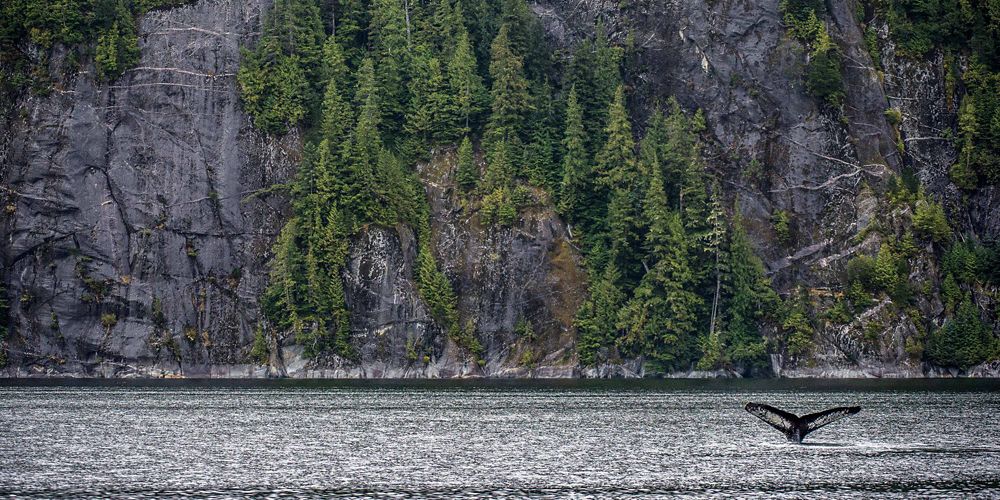- Phone: 416-238-9597
- Email: questions@natureunited.ca
-
Follow
Large-Scale Land and Ocean Conservation
In British Columbia, Nature United works alongside Indigenous partners to achieve lasting conservation results in key geographies, where old-growth forests are integral to addressing climate change and supporting resilient communities.
Our Work in British Columbia
Right now, there is a critical window of opportunity in British Columbia.
In partnership with Indigenous communities, we can realize the priorities and interests of First Nations and inspire new models for Indigenous-led conservation. Drawing on our more than a decade experience in this region we are helping to advance Indigenous stewardship, leadership, governance and sustainable economic development. And we are delivering innovative approaches to the climate crisis through Natural Climate Solutions.
-
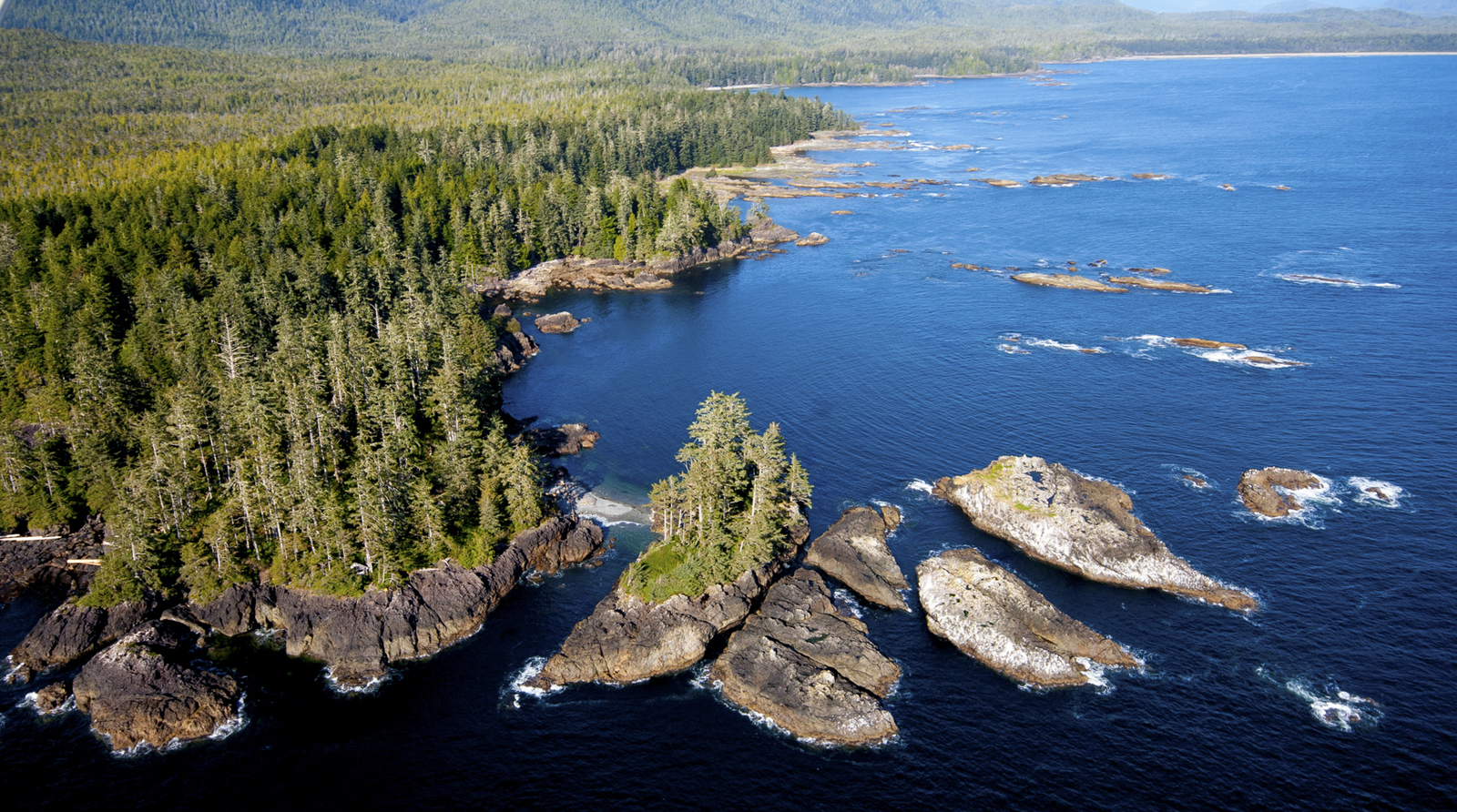
Durable Protection of Land and Sea
We're working with First Nation, federal and provincial governments to secure permanent protection of up to 46 million acres of Coastal BC. How we're supporting the protection of old-growth forest.
-
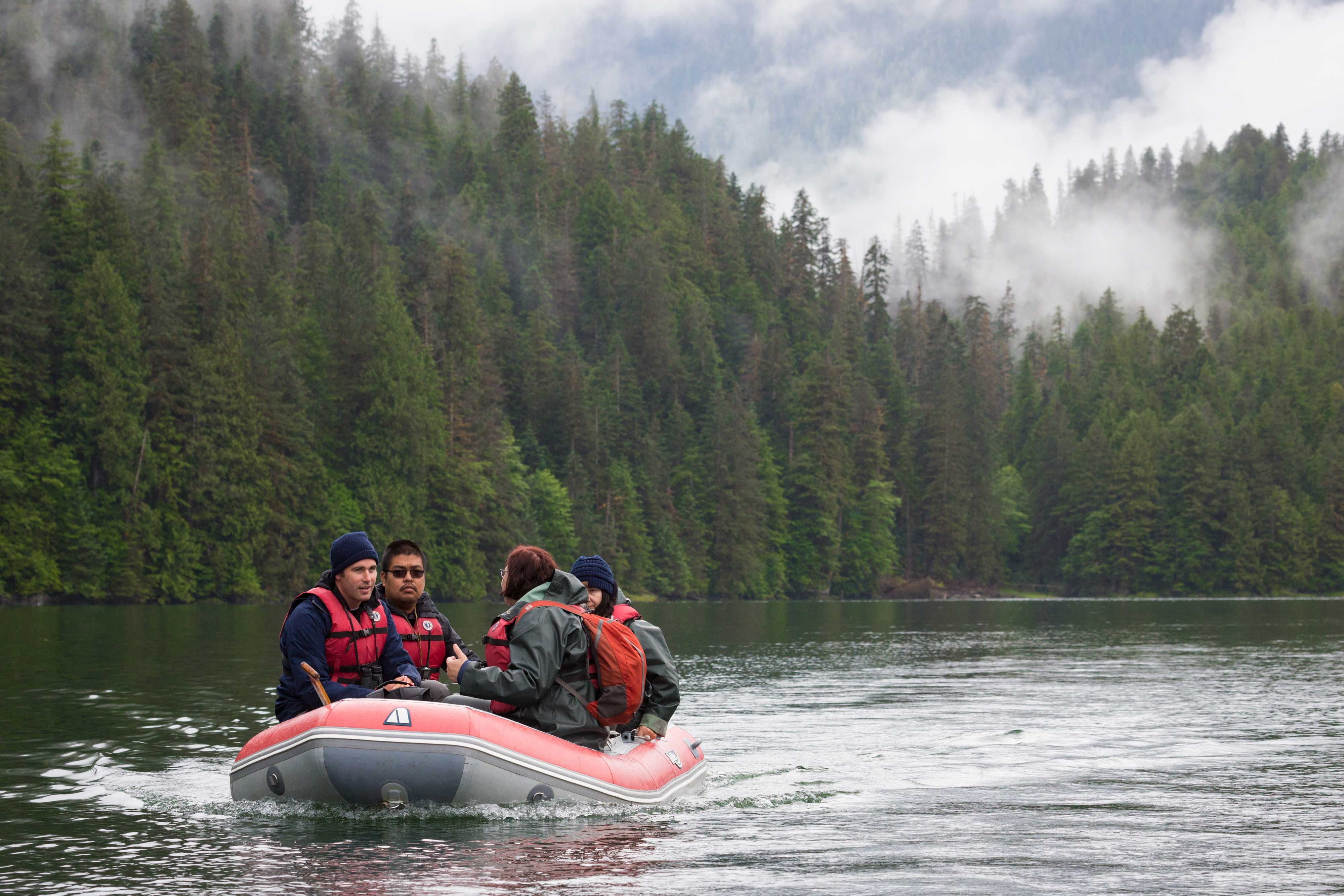
Indigenous Co-Governance
We're helping to realize governance models that prioritize community interests and contribute to sustainable economic development, conservation and human well-being. The Marine Plan Partnership is an example of a successful Indigenous co-governance model in the Great Bear Sea.
-
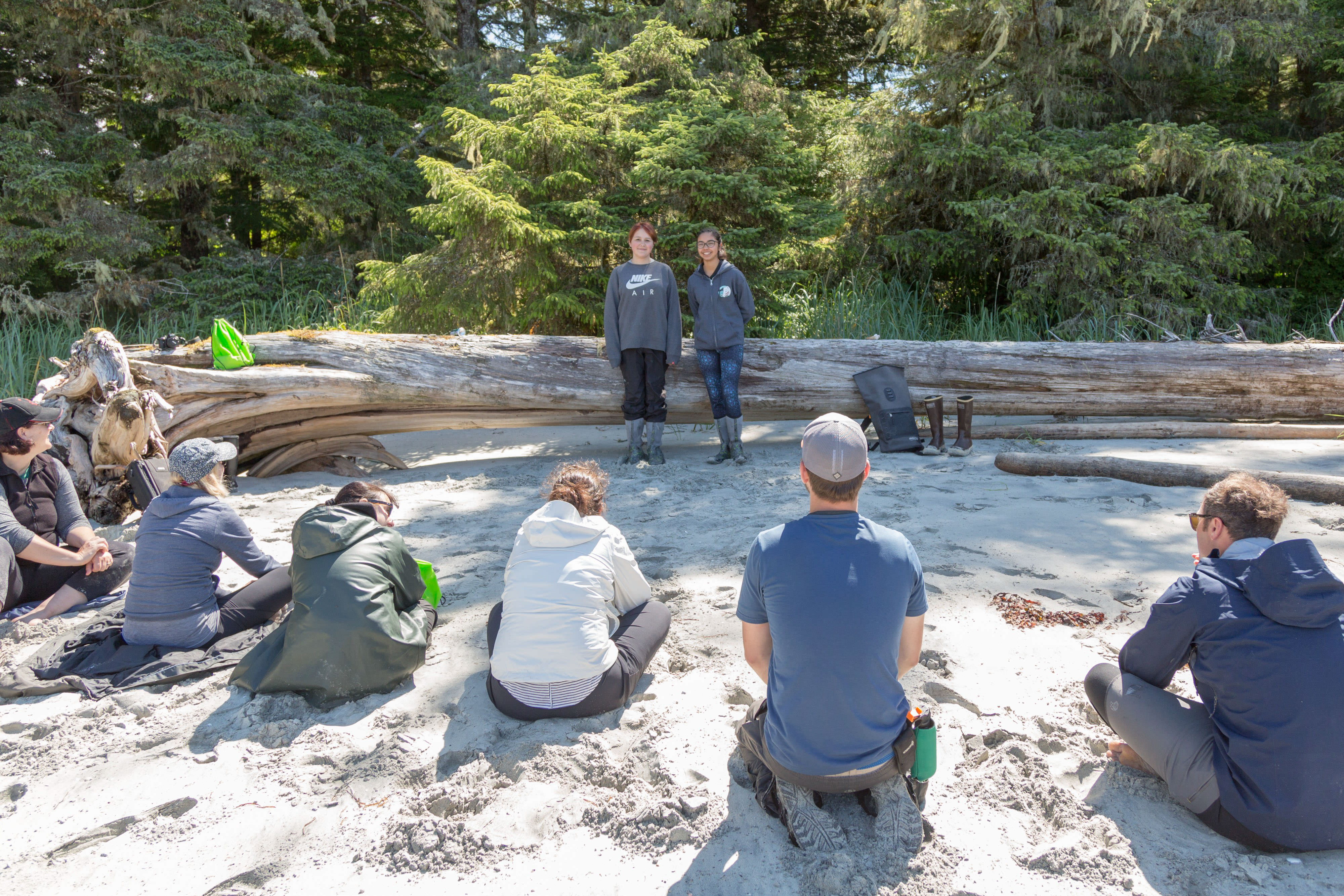
Indigenous-led Stewardship
We support resilient youth and Guardian programs across BC that are sustainably funded and inspire new program development across the region—through the growth and dissemination of accessible tools and resources. Learn about our Emerging Leaders initiative.
-
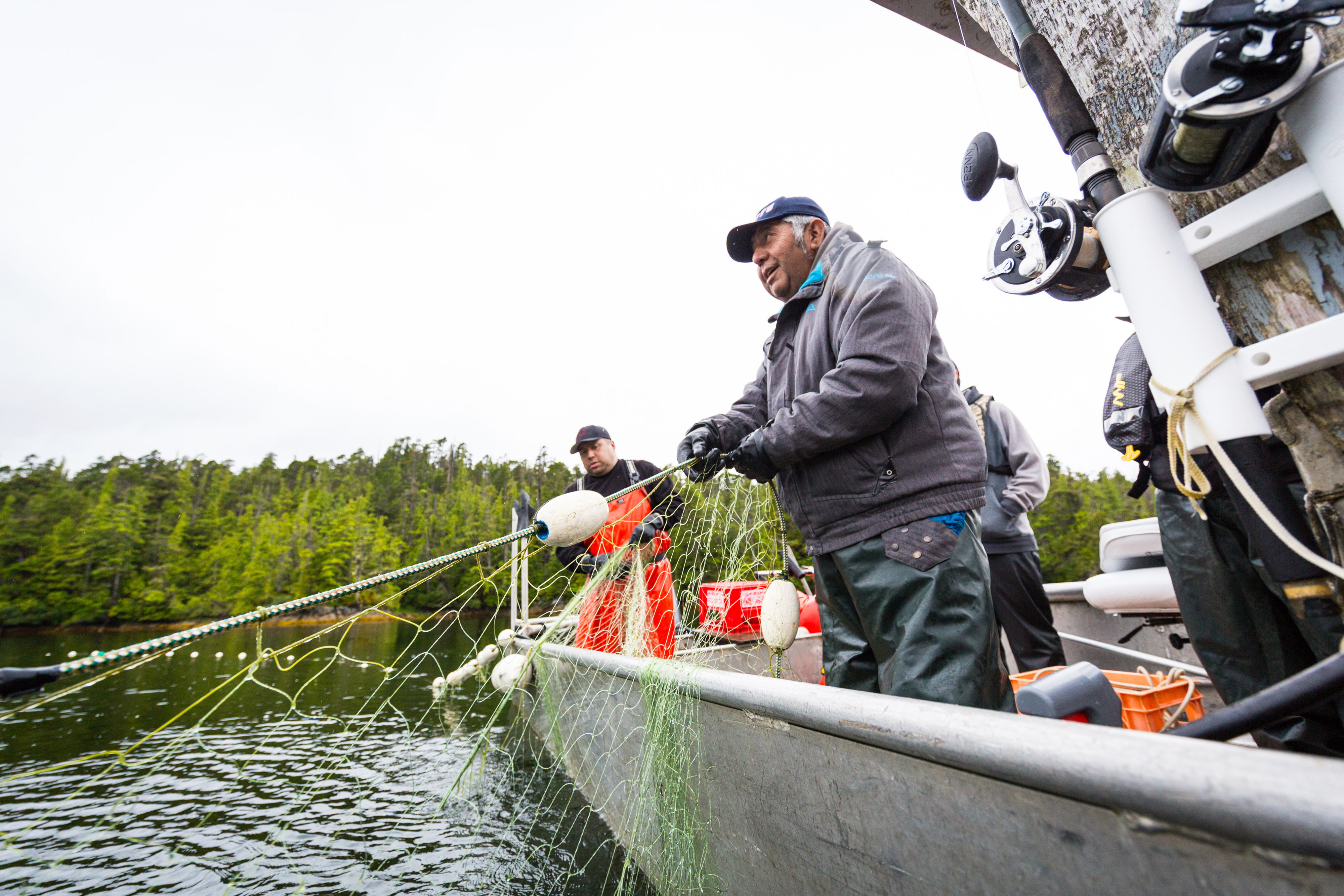
Climate-Resilient Fisheries
We are encouraging the development and implementation of creative solutions that advance science and policy to support more climate-resilient fisheries.
-
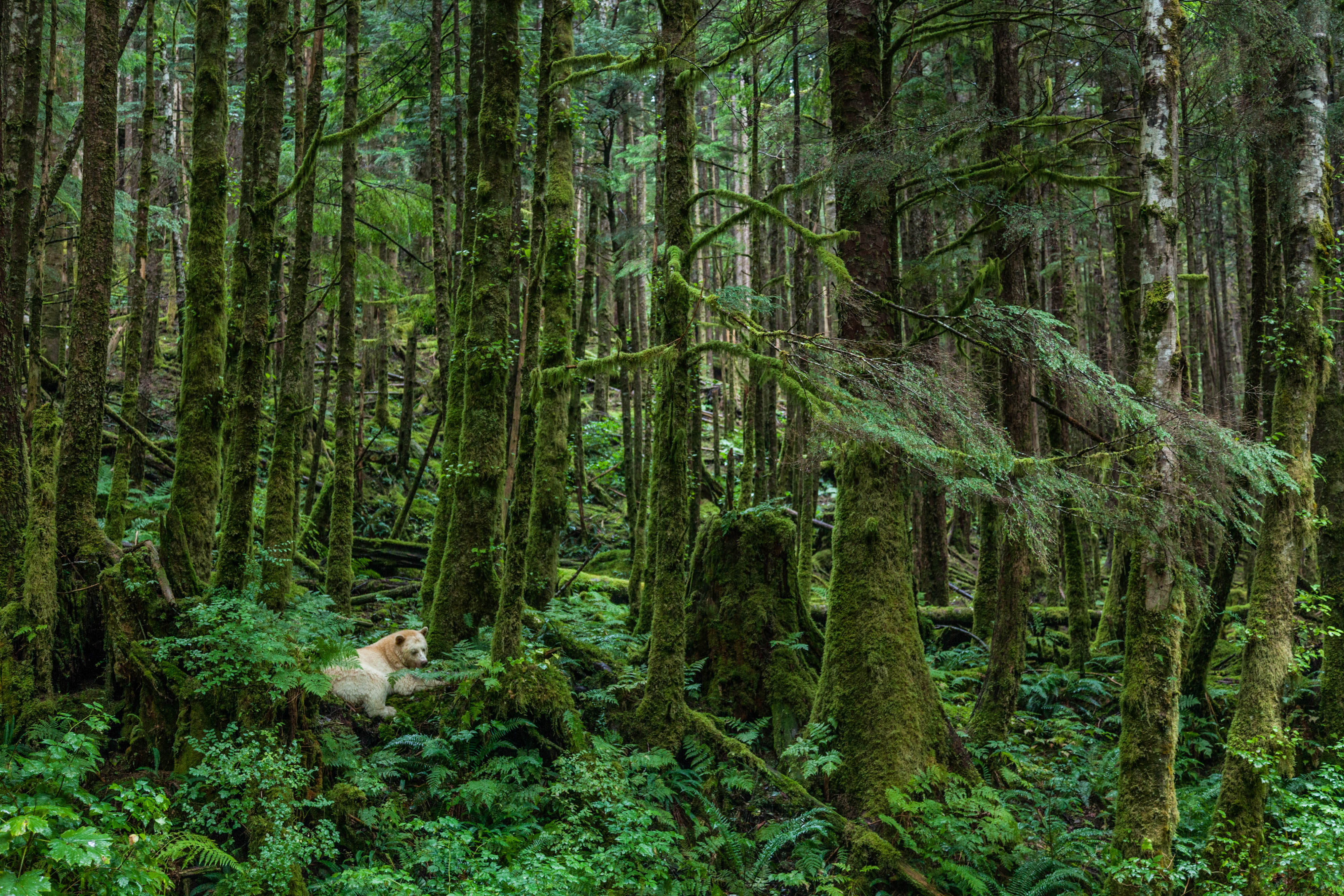
Natural Climate Solutions
This work includes protecting old forests, more climate friendly forestry and ecosystem restoration—that result in carbon storage and sequestration in key geographies on the coast and beyond. How Natural Climate Solutions can help Canada reduce harmful emissions.

In Clayoquot Sound, First Nations’ Visions and B.C. Tenure Change Advances Old-growth Protection and a Conservation Economy
First Nations leadership has led to 76,000 hectares of new protected areas supported by $40 million raised by Nature United
More About this Work
Clayoquot Sound, on the west coast of Vancouver Island, is a stunning mosaic of emerald valleys, clustered islands and thousand-year-old trees. It is home to First Nations that have stewarded these lands and waters since time immemorial. In 2000, the area became British Columbia’s (BC) first UNESCO World Biosphere Reserve. Despite its significance, Clayoquot Sound is vulnerable to unsustainable logging, mining and other development.
Quote
Our shared vision is a sustainable region that is managed for and by its people. We are identifying models that increase Indigenous authority in decision-making, stewardship and economic diversification.
In 2008, our global affiliate was invited by local First Nations to support their efforts to advance land-use visions for Clayoquot Sound. In the years since, we've worked with the Nations to complete drafts of their visions, engage Provincial government in the process and implement an Economic Development Action Plan protocol with the BC Government.
Now, these Nations are getting very close to realizing land-use visions that will result in additional conservation and new forest management areas. Combined, the visions of the First Nations will permanently conserve more around three-quarters of Clayoquot Sound and lay the foundation for a sustainable economy that will support the First Nations of that place into the future.
Nature United is dedicated to continuing to support Nations as they lead on protecting one of the world’s last intact coastal temperate rainforest for the future generations while addressing climate and social justice issues that have eroded old-growth forests, wild salmon runs and the economic well-being of communities.
We are grateful to the many donors whose critical support has helped advance the vision for Clayoquot Sound. Our special thanks go to the following donors who made outright gifts or pledges to support work in Clayoquot Sound in fiscal years 2014 through 2024 (July 1, 2014–June 30, 2024), as well as those who contribute to our approach to reimagining conservation in BC and across Canada.
Alcoa Foundation*, Anonymous (4)*, Anonymous (2), Bezos Earth Fund*, BC Parks Foundation, Creek Bed Foundation*, The Dickhout Family Foundation, Government of British Columbia, Alison Graham and Richard J. Messina*, The Houssian Foundation, J. A. Woollam Foundation*, Robert and Linda Kreiss, McCall MacBain Foundation, Nature Conservancy of Canada, North Family Foundation, Kenan Ogelman*, Real Estate Foundation of BC, The Schad Foundation, Sitka Foundation, Sue A. Stack*, & The Wyss Foundation*
*Gifts made to our global affiliate, The Nature Conservancy, to support work in Canada.
More About this Work
The Great Bear Rainforest and the archipelago of Haida Gwaii is a land and seascape spanning more than 43 million acres (17.5M ha) across the central and north coast of British Columbia. It is home to 27 First Nations who have inhabited and stewarded the lands and waters for thousands of years. It is the world’s largest intact temperate rainforest.
With mist-shrouded valleys and glacier-cut fjords and old-growth forests, it provides habitat for some of the greatest biodiversity on the planet—including the iconic “spirit bear” (Kermode bear), a rare subspecies of black bear that has white fur and is found nowhere else on Earth.
Wildlife in the Great Bear Rainforest
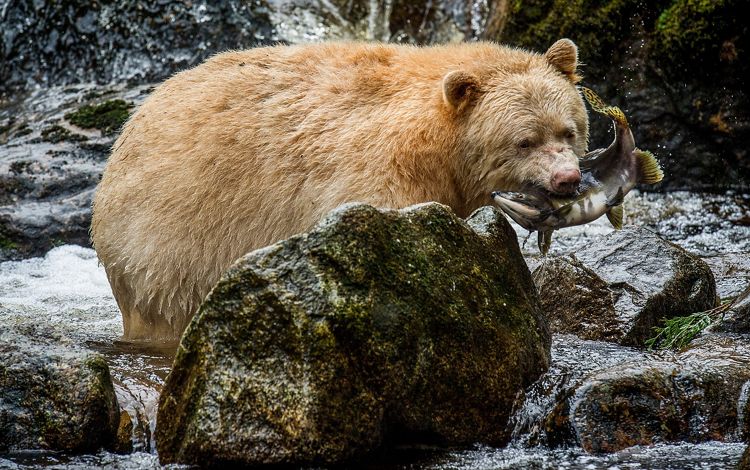
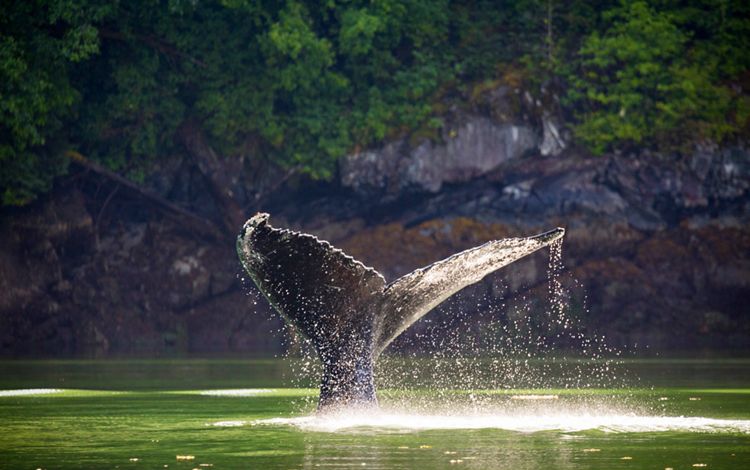
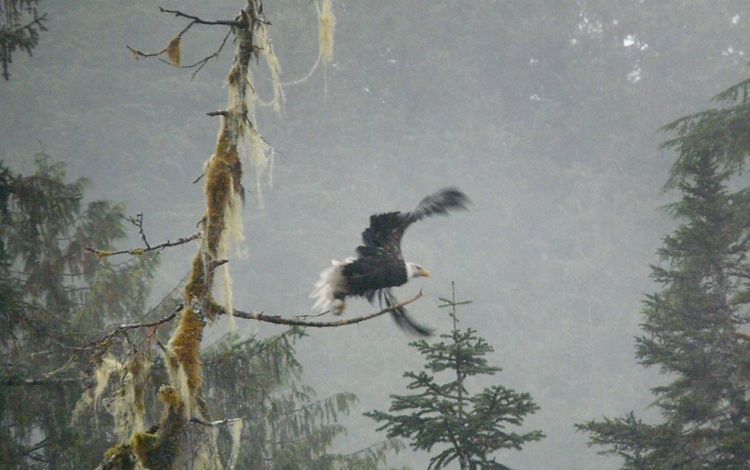
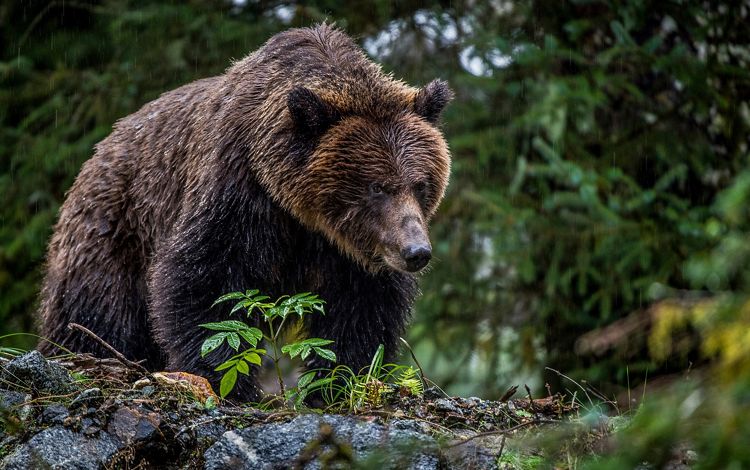
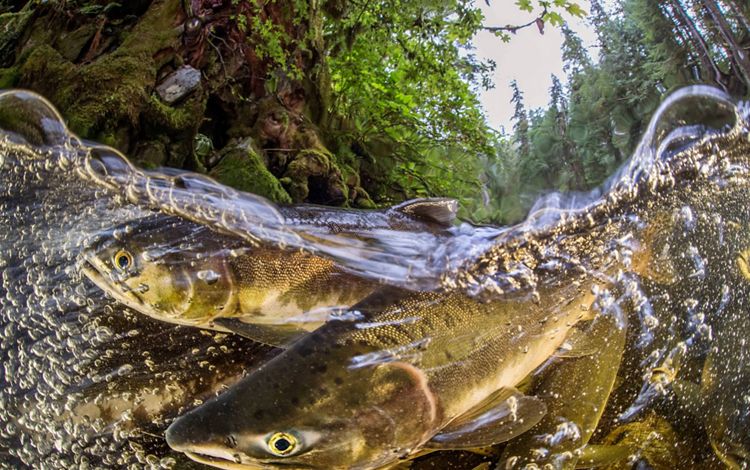
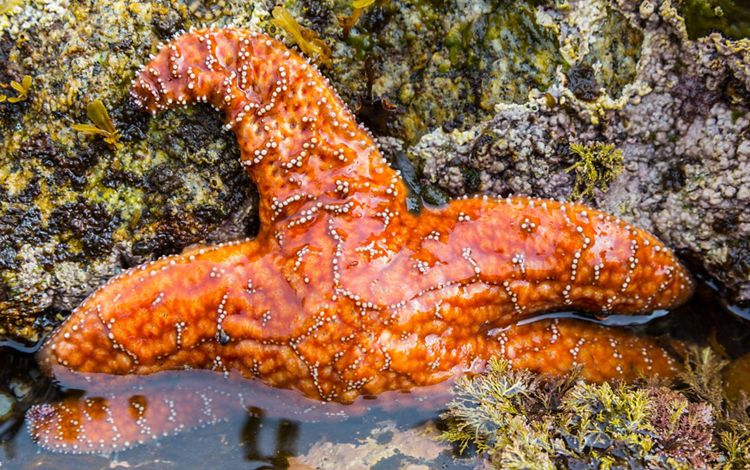






In 2006, our global affiliate was invited to support protection and sustainable management of 15 million acres (6.4M ha) in the Great Bear Rainforest and 2.6 million acres (1.05M ha) on Haida Gwaii. This partnership resulted in the Great Bear Rainforest Agreement, which was signed between First Nations and the British Columbia government in 2016.
Alongside this, our global affiliate made a $39 million contribution to a conservation endowment and supported the creation of Coast Funds. These funds are part of a $60 million endowment that supports Indigenous stewardship throughout the region and provides capacity for First Nations to co-manage the area’s resources alongside the provincial government.
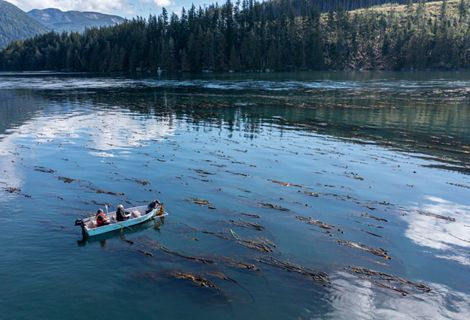
Great Bear Sea PFP Agreement Creates New Pathway for Indigenous-Led, Collaborative Conservation
$335 million raised for First Nations co-management and coastal economies, with support from Nature United.
The Great Bear Sea covers two-thirds of the coast of British Columbia, from northern Vancouver Island to the Canada-Alaska border. These waters support a critical mix of habitats — open ocean, vibrant estuaries, dense kelp forests, expansive coral and sponge beds and deep fjords. Stewarded and cared for by First Nations for tens of thousands of years, the Great Bear Sea is a source of sustenance, culture and livelihoods for all who call the coast home.


Quote: Jenn Burt
I truly believe that in order to understand what’s going on and effect change that is durable over time, you have to work at the local level with the people who are on the water and deeply connected to the resources.
Downloads
-
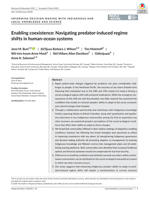
Enabling Co-Existence
Navigating predator-induced regime shifts in human-ocean systems by Jenn Burt
DOWNLOAD -
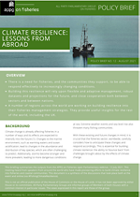
Climate Resilience, Lessons from Abroad
Case studies from around the world on pioneering efforts to build climate resilience into fisheries and coastal communities, including one from Nature United on BC.
DOWNLOAD -

-
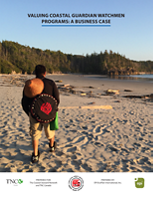
Valuing Coastal Guardian Watchmen
A business case for Indigenous Guardian programs prepared by EPI EcoPlan International, Inc. for Nature United and The Coastal Steward Network.
DOWNLOAD -
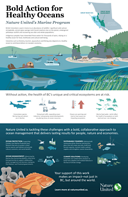
-
